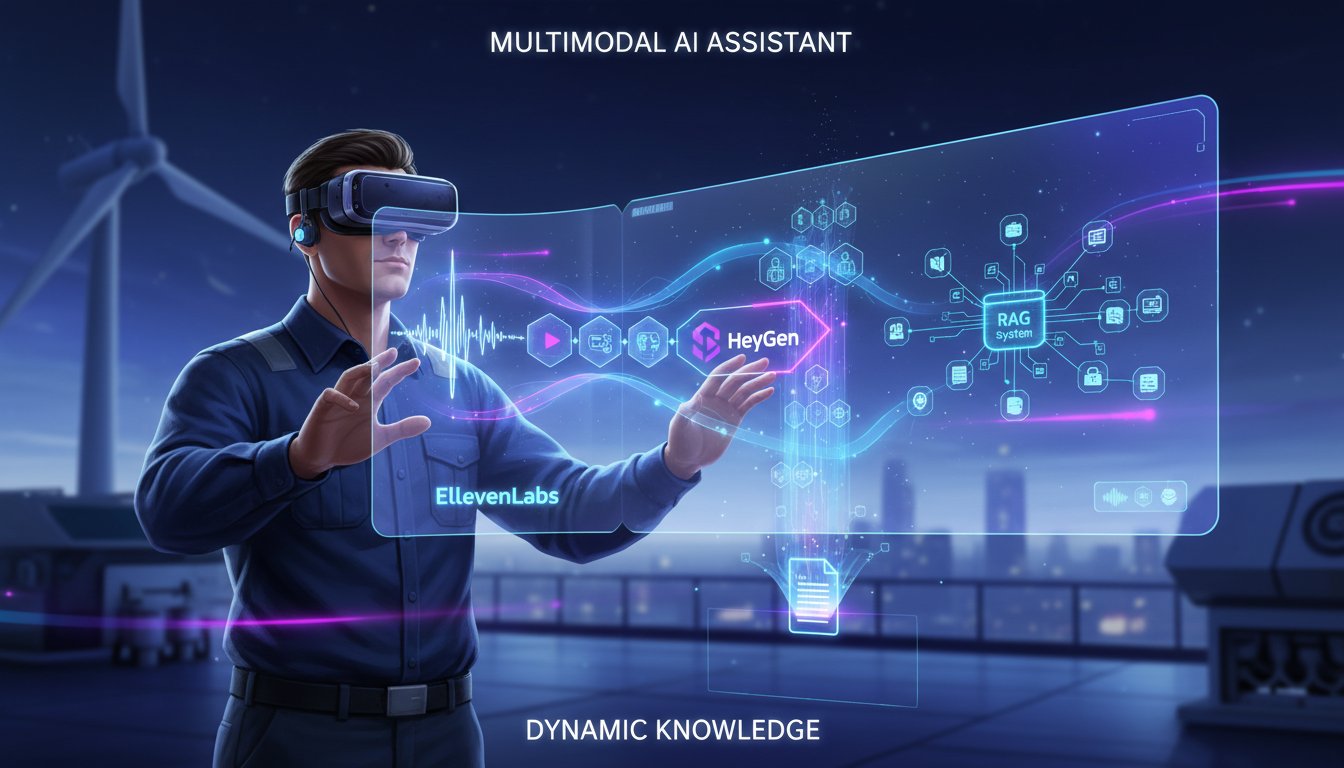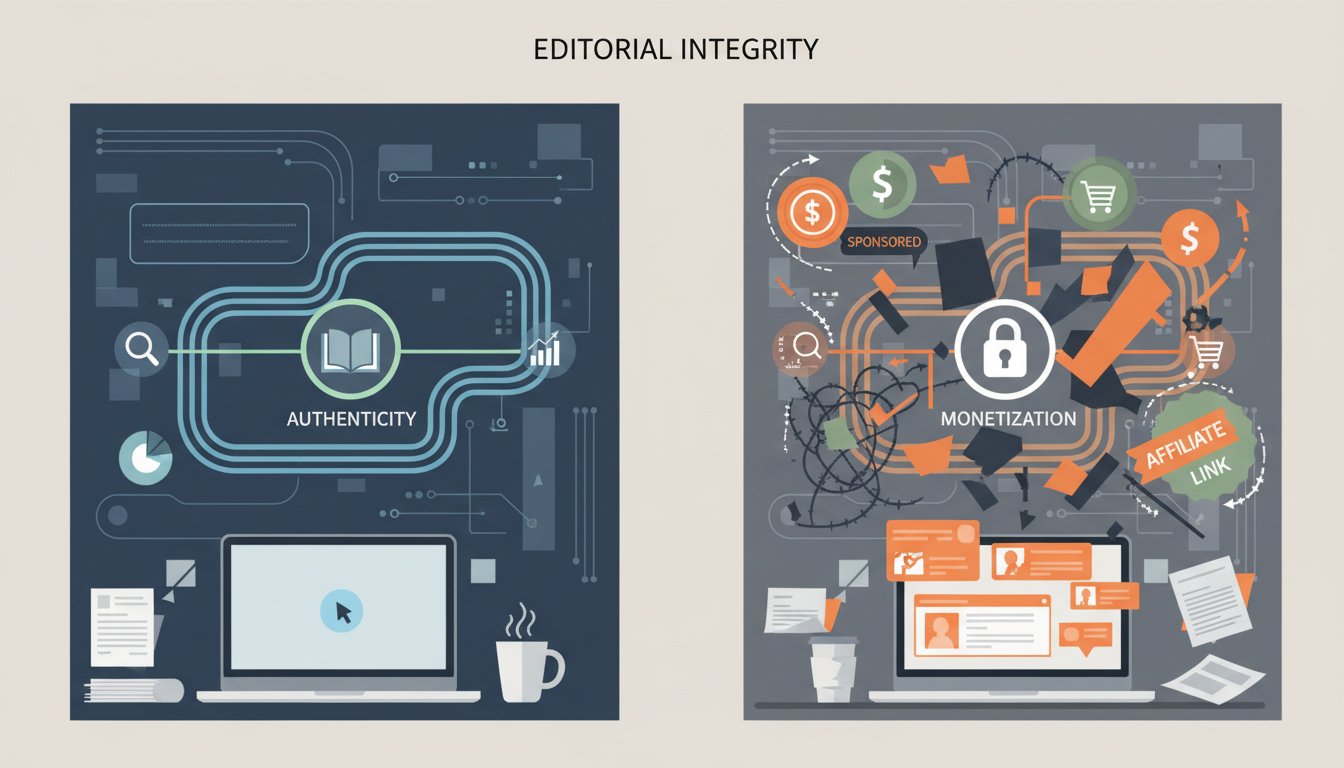Introduction to Graph RAG
Graph Retrieval-Augmented Generation (Graph RAG) marks a significant advancement in AI-driven information retrieval and response generation. This cutting-edge approach, refined by industry leaders like NebulaGraph, Microsoft, and Neo4j, utilizes knowledge graphs alongside Large Language Models (LLMs) to elevate the accuracy, context, and utility of AI-generated outputs.
Traditional RAG methods that rely on flat document structures often struggle with complex queries due to their limited contextual understanding. Graph RAG overcomes this by using graph-structured data, which models information as a network of interconnected entities and relationships. This structure supports multi-hop reasoning, leading to more precise and contextually rich responses.
The core components of Graph RAG include a graph-structured knowledge base, a graph traversal mechanism, a subgraph retrieval system, an information integration module, and a response generator. Documents are initially split into chunks, with entities and relationships extracted through LLMs, forming the basis of the knowledge graph. This graph is then embedded with summaries, allowing for efficient querying.
During the query phase, the system traverses the knowledge graph to retrieve relevant subgraphs, integrates the information, and generates a response. This process not only improves response accuracy but also enriches them with contextual insights often missing in traditional RAG approaches.
Graph RAG’s benefits are evident in numerous applications. For example, a Data.world study showed a threefold improvement in response accuracy across business queries, while LinkedIn reported a 28.6% reduction in median resolution time for customer service issues, showcasing its practical utility.
Furthermore, Graph RAG aligns with existing standards like the Resource Description Framework (RDF), enhancing system interoperability and easing integration into organizational workflows. By combining the structural advantages of knowledge graphs with the generative power of LLMs, Graph RAG delivers a more accurate, contextually aware, and useful solution for complex queries, proving indispensable for enterprises seeking to enhance their AI capabilities.
Understanding Llama3 and LlamaIndex
Llama3, the latest iteration of Meta’s large language model, represents a significant leap in AI technology. With models featuring 8 billion and 70 billion parameters, Llama3 enhances processing power, versatility, and accessibility. It is open source, making it widely available to developers and researchers.
Key Features and Capabilities of Llama3
Llama3 excels in handling diverse tasks, including text, image, and video processing. Trained on a dataset of over 15 trillion tokens—seven times larger than that for Llama2—it offers nuanced and accurate content generation.
Performance Metrics
In benchmark tests, Llama3 outperforms many other large AI models. For instance, in the SuperGLUE test, Llama3 scored 90.3, surpassing the Gopher model’s 89.8, due to its advanced architecture and efficient dataset handling.
| Metric | Llama3 | Gopher | Llama2 |
|---|---|---|---|
| SuperGLUE | 90.3 | 89.8 | 88.5 |
| MMLU | High | Medium | Low |
| ARC | High | Medium | Low |
| DROP | High | Medium | Low |
Training Efficiency
Llama3’s training efficiency is notable, handling up to 70 billion bits of information by distributing the workload across thousands of GPUs. This not only accelerates the training process but also reduces costs, making it ideal for large-scale applications.
Multimodal and Multilingual Capabilities
Llama3 is designed to be multimodal, processing and generating text, images, and videos. Meta plans to introduce Llama4 by the end of 2024, which aims to excel in detailed image creation from text descriptions. Additionally, Llama3 supports over 30 languages, making it a versatile global tool.
Integration with Meta Platforms
Llama3 integrates into various Meta platforms, including Facebook, Instagram, WhatsApp, and Messenger, enhancing features and user interactions like improved chatbots for more accurate responses within these applications.
LlamaIndex: A Data Framework for LLM Applications
LlamaIndex complements Llama3 by providing a comprehensive toolkit for building LLM applications, simplifying data integration from multiple sources, which is crucial for enterprise applications needing access to diverse data types.
Features of LlamaIndex
- Data Ingestion and Querying: Supports ingestion and querying with minimal code, while advanced users can customize modules.
- Integration with Data Sources: Loads data from over 160 sources and formats, including APIs, PDFs, documents, and SQL databases.
- Indexing and Retrieval: Integrates with over 40 vector stores, document stores, graph stores, and SQL databases.
- Orchestration of LLM Workflows: Facilitates the orchestration of production LLM workflows, from prompt chains to advanced RAG and agent-based systems.
Benefits of LlamaIndex
LlamaIndex enhances LLM functionality by enabling data augmentation and integration, crucial for knowledge generation and reasoning. It allows enterprises to leverage internal and external data sources, embedding this data as vectors for low-latency operations like vector search.
Integrating Graph RAG with Llama3 and LlamaIndex
Integrating Graph RAG with Llama3 and LlamaIndex creates a powerful, contextually aware AI system capable of handling complex queries with precision.
The Synergy of Graph RAG and Llama3
Graph RAG enhances traditional RAG by utilizing graph-structured data, which models information as interconnected entities and relationships for nuanced data understanding. Llama3 complements this with its advanced capabilities in language understanding and generation.
Llama3’s extensive training on a large dataset, coupled with its multimodal and multilingual capabilities, makes it ideal for integration with Graph RAG. This combination ensures the handling of diverse queries and data types, making the system versatile and powerful.
Leveraging LlamaIndex for Data Integration
LlamaIndex provides a comprehensive toolkit for building LLM applications, simplifying data integration from multiple sources. This capability is essential for enterprises needing access to diverse data types.
LlamaIndex supports data ingestion and querying with minimal code, making it accessible to both beginners and advanced users. It can load data from over 160 sources and formats, ensuring efficient incorporation of various data types into the knowledge graph.
Practical Implementation and Benefits
Implementing the integration involves several key steps:
- Data Ingestion and Indexing: Using LlamaIndex, data from various sources is ingested and indexed.
- Knowledge Graph Construction: Entities and relationships are extracted using Llama3, and a knowledge graph is built.
- Query Processing: The system traverses the knowledge graph to retrieve relevant subgraphs and generates a response using Llama3.
This integration offers several benefits:
- Enhanced Accuracy: Leverages structured knowledge representation for precise and insightful responses.
- Contextual Awareness: Supports multi-hop reasoning and understanding complex relationships within the data.
- Scalability and Efficiency: Ensures efficient handling of large-scale applications through Llama3’s training efficiency and LlamaIndex’s robust data integration.
Performance Metrics and Real-World Applications
Llama3 outperforms many large AI models, making it reliable for this integration. For example, in the SuperGLUE test, Llama3 scored 90.3, surpassing the Gopher model’s 89.8.
| Metric | Llama3 | Gopher | Llama2 |
|---|---|---|---|
| SuperGLUE | 90.3 | 89.8 | 88.5 |
| MMLU | High | Medium | Low |
| ARC | High | Medium | Low |
| DROP | High | Medium | Low |
This integrated system can be applied to various real-world scenarios such as question-answering chatbots, document understanding systems, and autonomous agents, benefiting from combining domain-specific data with LLMs for accurate and contextually aware responses.
Challenges and Future Directions
Despite its advantages, implementing Graph RAG with Llama3 and LlamaIndex presents challenges. Addressing these is crucial for fully harnessing its capabilities.
Challenges
- Data Quality and Integration: Ensuring high-quality data and managing diverse data types are significant challenges.
- Scalability: Efficiently managing large-scale knowledge graphs can lead to performance bottlenecks.
- Computational Demands: Substantial computational resources are required, often limiting accessibility to organizations with significant resources.
- Interpretability and Transparency: Ensuring user trust through clear explanations of AI-generated results is vital.
- Continuous Maintenance: Updating knowledge graphs in real-time while maintaining data consistency is complex.
- Data Privacy and Security: Handling sensitive data necessitates robust security measures and compliance with regulations.
Future Directions
- Enhanced Data Integration: Improving data integration capabilities and preprocessing techniques for better entity and relationship extraction.
- Scalable Architectures: Developing scalable architectures and leveraging distributed computing for handling large datasets efficiently.
- Advanced Interpretability Techniques: Integrating techniques like attention mechanisms and explainable AI (XAI) to enhance understanding.
- Real-Time Updates and Adaptation: Implementing adaptive systems for seamless incorporation and removal of data.
- Improved Security Measures: Focusing on robust encryption methods, secure data storage, and compliance frameworks.
- Domain-Specific Applications: Customizing systems for specific domains to improve accuracy and relevance.
Conclusion
Integrating Graph RAG with Llama3 and LlamaIndex offers a transformative approach to AI-driven information retrieval and response generation. This powerful combination provides significant benefits across various domains, enhancing the capabilities of software engineers and organizations. By addressing current challenges and focusing on future enhancements, we can unlock the full potential of Graph RAG systems, leading to more sophisticated, reliable, and contextually aware AI solutions.




